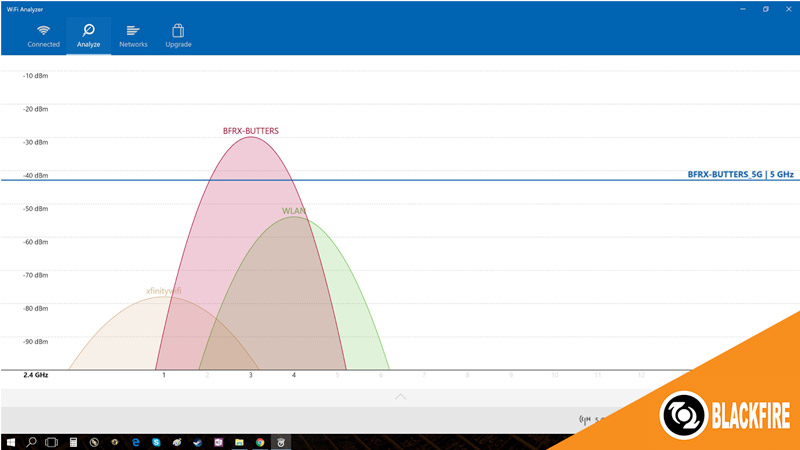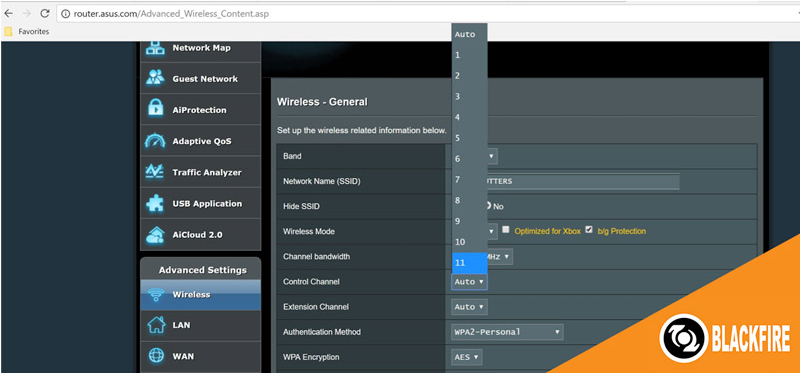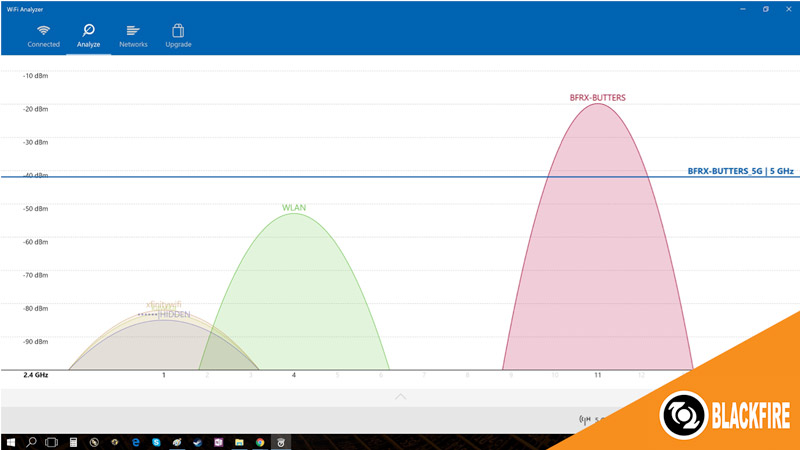The Leading Lady of Pop, Katy Perry, is out with her fourth album, “Witness,” a jumble of lackluster, out-of-touch singles trying to pass off as a cohesive pop album. Perry rose to prominence in the early 00’s when teens would download the latest chart-topping single off iTunes for .99 cents and play it back on their iPod Shuffles. Back then, it was all about the single, and Perry was the artist on top. Now, in the era of music streaming, the album is making a comeback, and it seems that Perry’s attempt at a throughline (empowerment and “wokefullness,” a timely motif) is overshadowed by cringe-worthy lyrics and tired, jumbled metaphors. That’s not to say Perry isn’t a talented performer, but when it comes to creating an album (as opposed to a catchy single) a certain subtlety is required to keep the album buoyant- and subtle, Perry is not. “Witness” is weighed down by clichéd lyrics and overproduced styles that are too much – even for pop music. The album’s first single, “Chained to the Rhythm,” (which was first released through a PR stunt of singing disco balls literally chained to park benches in Brooklyn) and accompanying music video, sets the stage for the album’s heavy-handedness. Ironically, on the one track that fans and critics would’ve allowed, even welcomed, an overzealous approach, Perry misses the mark completely. “Swish Swish,” Perry’s highly anticipated Taylor Swift diss track featuring Nicki Minaj, is a dull shot in the dark. Perry has been building up this rebuttal-track for years, and what should have been an album highlight (and tabloid fodder) winds up being just as lame and insignificant as the feud that inspired it. Perry’s lack of success off her fourth album and her awkward promotion of it (see: video of Katy Perry surprising fans but no one recognizes her/knows who she is/really cares) shows just how out-of-touch she is with the genre. In the wake of artists like Lorde and Beyoncé who have transcended pop music from catchy gimmicks made for radio to an all out, soul-bearing artform, Perry has stalled – chained to the rhythm of the prior decade.










